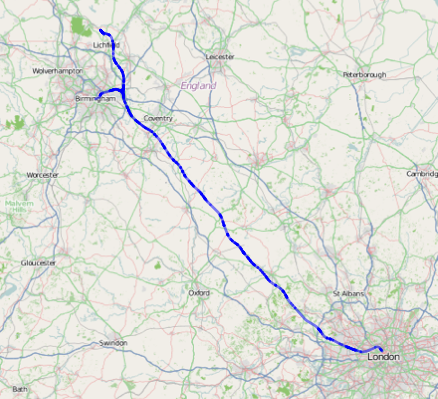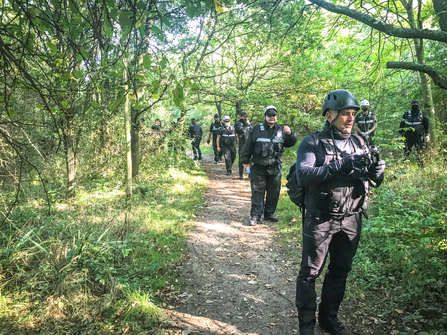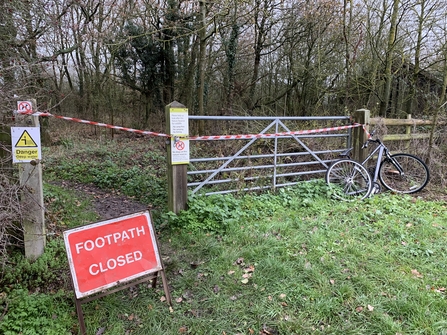HS2 Ltd made fundamental flaws in the way it assessed the value of nature along its construction path, a new report by The Wildlife Trusts has revealed.
The new evidence review concludes that the company hugely undervalued natural habitats and the wildlife being destroyed by construction of the new high-speed rail line – while simultaneously overvaluing the impact of its nature compensation measures.
For example the review finds that Phase 1, which covers 140 miles of track between London and Birmingham, will cause at least 7.9 times more nature loss than accounted for by HS2 Ltd.



